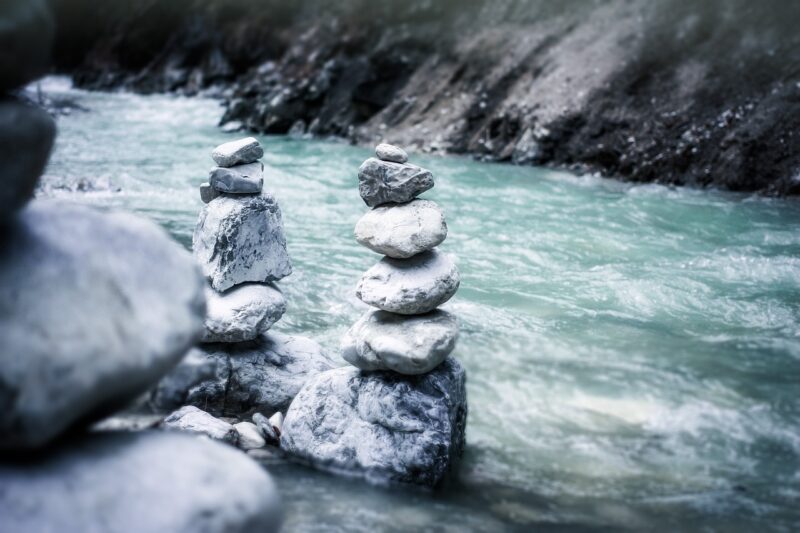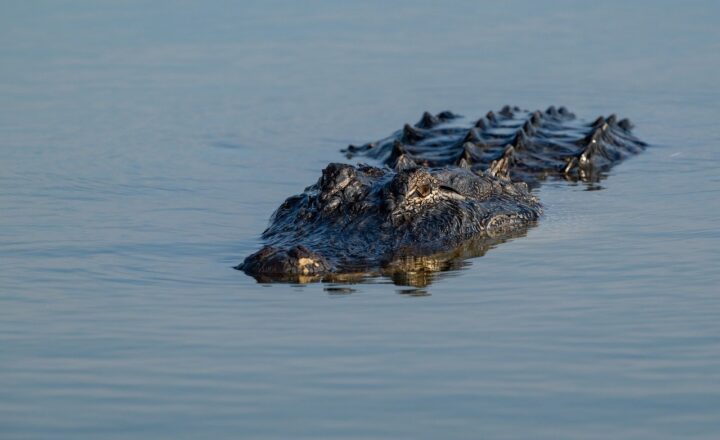The Journey of a River: From Mountain Streams to Oceans
November 15, 2024

Rivers are some of the most majestic natural phenomena on Earth, tracing intricate paths across diverse landscapes—from the lofty mountains to the vast oceans. With their gentle babbling, powerful currents, and rich ecosystem, rivers symbolize life, history, and the relentless flow of nature. In this article, we will embark on an enthralling journey to explore how rivers form, their importance to the environment, and the myriad of life they support along their course.
1. Understanding River Formation
The journey of a river begins with precipitation. Rainwater collects in various geographical features, primarily in mountainous regions. Here’s how it all begins:
- Precipitation: When raindrops hit the ground, they either infiltrate the soil or run off, accumulating in streams and creeks, depending on the terrain. This is the first step in the formation of a river.
- Mountain Streams: As water gathers in small pools, it begins to flow downhill due to gravity. This initial movement creates mountain streams, often characterized by swift currents and rocky beds, that transport water further downhill.
- Confluence of Streams: As water flows, it encounters other streams, creating branching paths. Eventually, these smaller streams converge, forming larger water bodies—these are the foundational rivers that will journey to the ocean.
The erosion of rocks, soil, and vegetation plays a crucial role during this formation phase. Rivers carve their paths, shaping the landscape and creating valleys, canyons, and other geological wonders.
2. The River’s Journey: Stages of Flow
Once formed, a river undertakes a dynamic journey, typically divided into three main zones: the upper course, middle course, and lower course.
2.1 Upper Course
In the upper course, rivers are fast-flowing and characterized by:
- Steep Gradient: This section includes headwaters and mountain streams, where the river flows swiftly, often creating rapids and waterfalls.
- Narrow Channel: Due to its youth, the riverbed is often narrow, containing rocky outcrops and boulders, making navigation difficult for larger vessels.
- Erosion Dominates: In this stage, erosion is aggressive, leading to the creation of deep gorges and canyons.
2.2 Middle Course
As the river flows into the middle course, it transforms:
- Gentler Gradient: With less steepness, the river begins to slow down, creating a wider riverbed that may support larger vessels.
- Increased Sediment Transport: The river starts to deposit some of the sediment it has carried from the upper course, which may lead to the formation of islands and sandbars.
- Riparian Zones: Vibrant ecosystems emerge, characterized by lush vegetation that thrives along the riverbanks, supporting diverse wildlife.
2.3 Lower Course
In the lower course, rivers take on their most recognizable features:
- Broad and Sluggish Flow: The river slows dramatically, with an expansive floodplain that allows it to meander and form large curves called meanders.
- Floodplain Ecosystem: Nutrient-rich soil accumulates during floods, creating rich agricultural lands supporting human civilization for centuries.
- Delta Formation: Upon reaching the ocean, rivers often form deltas—shaped by sediment deposits—creating new land and unique ecosystems.
3. Importance of Rivers in Our Ecosystem
Rivers are not just geographical entities; they are vital to both ecosystems and human civilizations. Here’s why:
- Biodiversity Hotspots: Rivers support an extensive range of biodiversity—from freshwater fish to amphibians and aquatic plants. Each segment of the river provides habitat for unique species adapted to specific environments.
- Resource Provider: Rivers are essential for drinking water, agriculture, navigation, power generation, and recreation, contributing to human livelihood and community development.
- Climate Regulation: Rivers play a role in local and regional climate regulation. They influence weather patterns by transporting moisture and are critical for maintaining ecological balance between land and water.
4. Cultural Significance and Human Interaction
Throughout history, rivers have been central to human culture and development. Ancient civilizations flourished along riverbanks, relying on them for sustenance, transportation, and trade. Here are some key aspects of this interaction:
- Civilization Hubs: The Nile, Indus, and Euphrates—often referred to as cradle of civilization —demonstrate how rivers fostered urban development and societal growth.
- Spiritual Connections: Many cultures hold rivers sacred, integrating them into religious practices and mythology, reflecting humanity’s deep-seated connection to water. Rivers symbolize renewal and peace in various traditions.
- Challenges and Conflicts: While rivers supply abundant resources, they can also be the source of conflicts over water rights and management, emphasizing the need for sustainable agreements and practices to ensure their survival and the welfare of the communities that depend on them.
5. Conclusion: The Lifelong Journey of Rivers
In conclusion, rivers undertake a lifelong journey that begins high in the mountains and culminates in the oceans, weaving through various landscapes and playing an indispensable role in sustaining life on Earth. They are not just pathways for water but are lifelines for ecosystems, societies, and cultures everywhere. Understanding and respecting the balance and health of river systems is vital; we must act to protect these essential watercourses for future generations to enjoy.
The anniversaries of ancient civilizations and modern communities owe much of their identity and survival thanks to the rivers that flow through them. Let us pledge to acknowledge and value these incredible natural treasures as we strive for sustainable living and a harmonious relationship with our planet’s waters.








